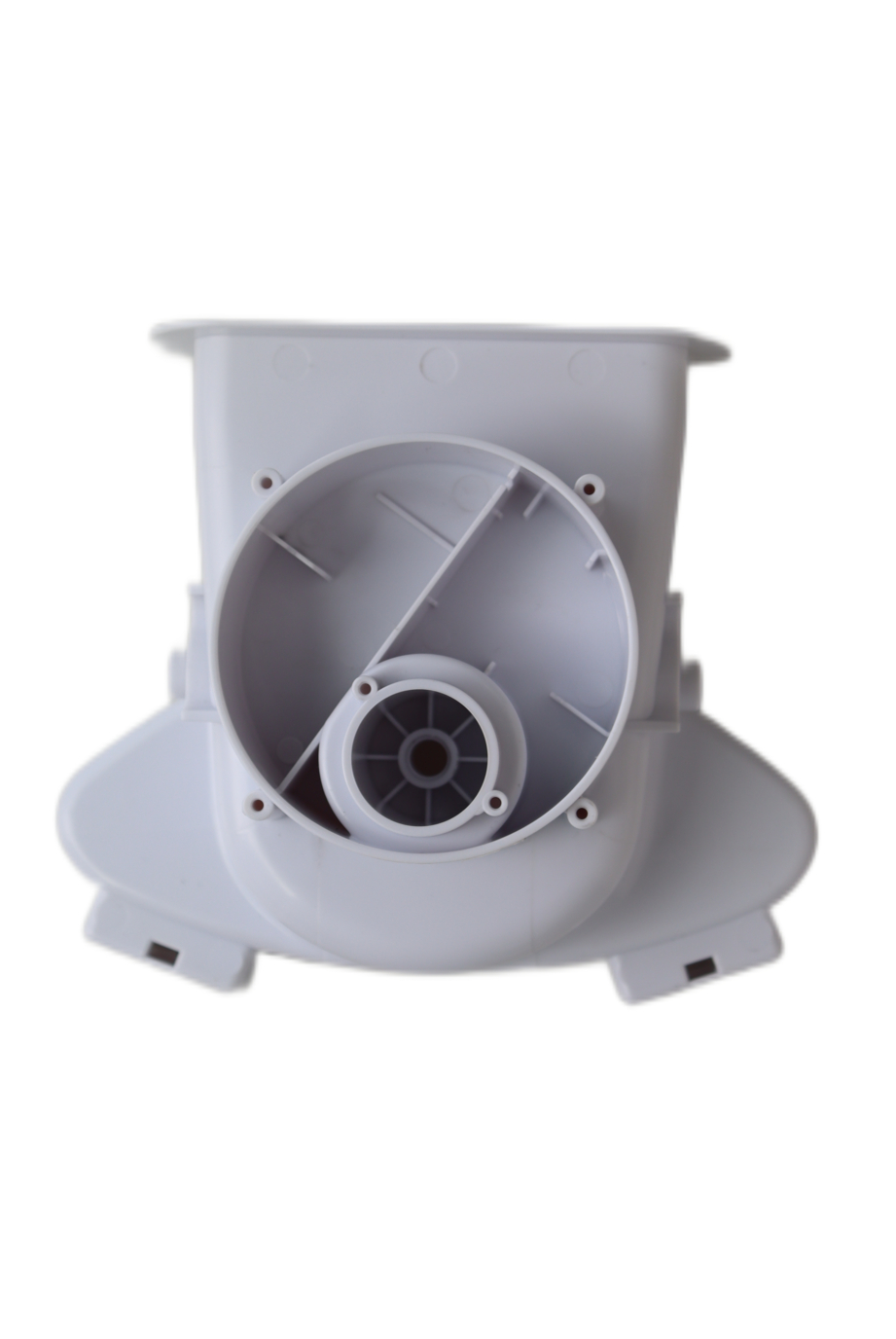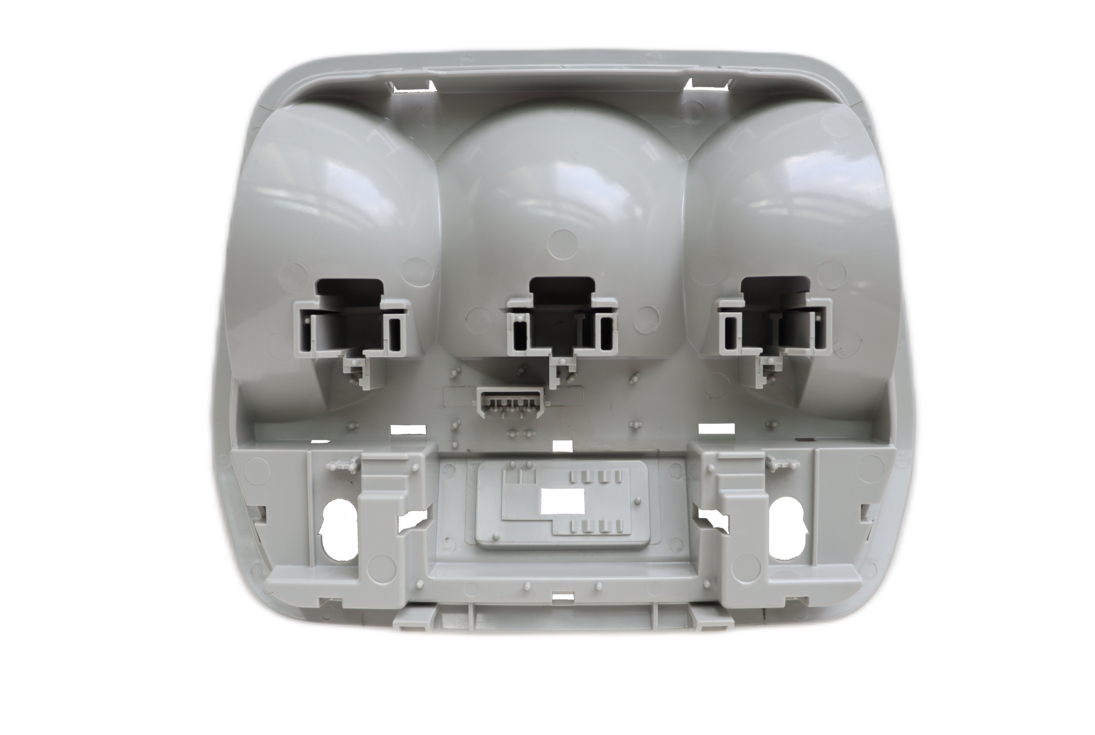Sink marks are one of the most common surface defects in plastic
injection molding
. They usually appear as small depressions or dents on the outer surface of a molded part, often near thicker sections or ribs. These imperfections not only reduce the aesthetic appeal of the product but can also compromise its structural integrity.
To effectively minimize this defect, manufacturers must first understand why sink marks occur and what factors influence their formation.
When molded parts cool at different rates, surface contraction can occur. Areas that cool more slowly, such as thick sections, tend to shrink more, creating depressions on the surface.
During the packing phase, molten plastic must be pushed into the cavity to compensate for shrinkage as the material cools. If the packing pressure or time is insufficient, voids form beneath the surface, leading to visible sink marks.
Molds with uneven wall thickness or sharp transitions between thick and thin areas create regions of high shrinkage stress. These poor design features increase the likelihood of surface deformation.
Some polymers, especially crystalline materials like PP or POM, have higher shrinkage rates than amorphous materials like ABS or PC. As a result, they are more prone to sink marks if process conditions are not carefully controlled.
Once the root causes are identified, manufacturers can apply targeted solutions to prevent sink marks effectively.

Maintaining uniform wall thickness is one of the most effective ways to minimize uneven cooling and shrinkage. This helps ensure that all areas solidify at a consistent rate.
Rather than increasing wall thickness for strength, use ribs to reinforce parts. Ribs provide stiffness without causing localized shrinkage.
Avoid abrupt changes in geometry. Gradual transitions between thin and thick sections promote even material flow and pressure distribution.
Position gates near thicker sections of the part. This ensures that these areas receive sufficient packing pressure and material flow to compensate for shrinkage.
While good design reduces the risk of defects, proper processing parameters are equally important for sink mark prevention.
Increasing packing pressure or extending packing time allows additional material to fill potential voids in thick areas. This helps maintain consistent density across the part.
Ensure the cooling channels are evenly distributed and provide balanced temperature control. Uneven cooling often leads to shrinkage differences that cause sink marks.
Maintaining the right melt temperature promotes smooth material flow, while optimal mold temperature prevents premature solidification that can trap voids.
Applying a multi-stage holding pressure helps control shrinkage dynamically, maintaining consistent part quality and appearance.
Beyond process adjustments, the choice of material also plays a vital role in preventing sink marks.

Selecting the right polymer is critical in plastic injection molding . Materials with low shrinkage rates, or those filled with additives such as glass fibers or mineral fillers, are less likely to deform.
Additionally, ensuring the material is properly dried before processing helps maintain uniform flow characteristics and prevents surface defects.
Working closely with material suppliers can help identify the most suitable polymer grade for your product’s design and performance requirements.
Preventing sink marks in plastic injection molding requires a balanced approach involving part design, process optimization, and material selection. By addressing each of these factors early in the development stage, manufacturers can achieve smoother surfaces, reduce rework, and improve overall product quality.
A proactive approach not only enhances customer satisfaction but also reduces waste and production costs in the long run.
For professional mold design and precision injection molding solutions, contact
AAA MOULD
. As your trusted partner, we deliver high-quality, durable plastic molds that ensure consistent and defect-free production.